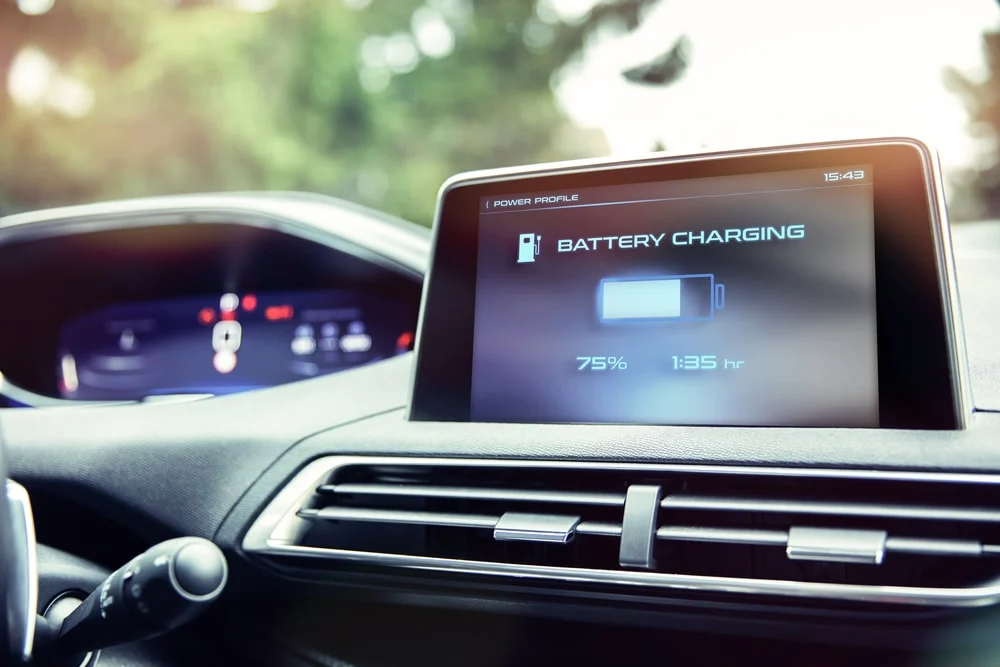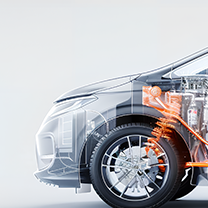
Products
Fast, Reliable, Everywhere

Solutions
Efficient, Innovative EV Charging Solutions.
Electric vehicle (EV) charging speed isn’t always as straightforward as manufacturers or charging stations might suggest. Although a charging point may be rated for high output, real-world charging often falls short of those expectations.
So, what's slowing things down? A range of factors—from your car's onboard systems to environmental conditions—can all influence how quickly your EV charges. Let’s explore the six most common reasons behind slow electric car charging speeds and what they mean for drivers.

One of the most frequent causes of reduced charging speed is a mismatch between your car's maximum charging capacity and the power output of the charging station. Simply put:
For example: A Hyundai IONIQ 5 Long Range AWD supports up to 233 kW DC fast charging. Plug it into a 350 kW charger, and it will still only draw 233 kW—no faster.
The same principle applies to AC charging. Even if you plug into a 22 kW AC station, a car that supports a maximum of 11 kW AC will charge no faster than that limit.
EVs charge faster when the battery is low and gradually slow down as the state of charge (SoC) increases. That’s why:
This slowdown is intentional. It protects the battery from overheating and helps extend its lifespan. Think of it like filling a glass with water: the more full it gets, the more carefully you pour.
Public chargers—especially high-powered DC units—often share energy between two or more charging ports. If another vehicle is charging from the same power source:
Always try to choose charging stations with fewer active users to get optimal speed.
EV batteries work best around 20°C (68°F). Extreme cold or heat can limit how much power they can accept during charging:
EVs are equipped with Battery Management Systems (BMS) that regulate charging to avoid damage. These systems may throttle charging speed to maintain safe battery temperatures.
Using in-car systems—like heating, cooling, or entertainment—while charging diverts energy that could otherwise go to the battery. This can:
Even passive energy use while sitting in the car can slow down the process slightly, especially during cold or hot weather.
Over time, EV batteries degrade, reducing their ability to absorb energy quickly. While modern batteries are designed to last over a decade:
EVs often include buffer capacity to mask early signs of degradation, so most drivers won’t notice a major drop in performance unless the vehicle is older or has high mileage.
Concerns around battery charging time remain one of the biggest barriers for potential EV buyers. According to global research, over 40% of prospective EV owners worry about how long it takes to charge an electric car.
Understanding these six factors can help set realistic expectations and ease common anxieties. As charging infrastructure improves and battery tech evolves, many of these limitations are becoming less significant—but they still matter today.
If your EV seems to charge slower than expected, don’t panic—it’s usually due to normal technical or environmental limitations. Whether it’s a mismatch in power delivery, battery chemistry, or seasonal temperatures, understanding the reasons behind slow EV charging can help you better plan your driving and charging habits.
Want to learn more about how to optimize your EV experience? Check out our complete [EV Charging Guide] for essential tips on home charging, public stations, cable types, and more.
